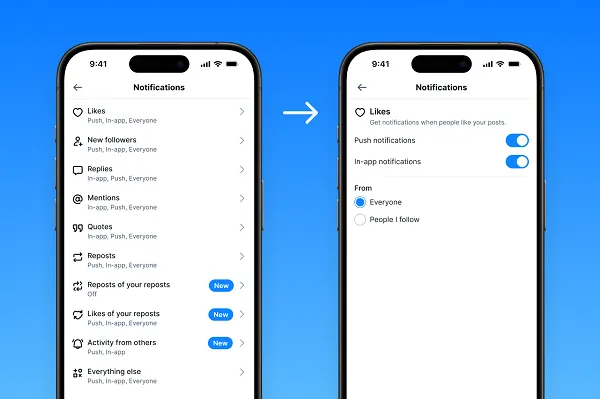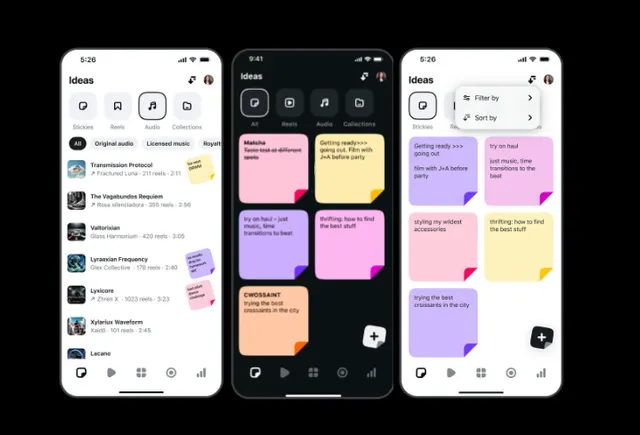The Straight-Forward Path to Personal Growth
Do you have a bad habit that you’ve been trying to shake for years? Maybe it’s procrastination, impatience, or a cluttered home. I know I do. Let me first encourage you with the reminder that no one is perfect,...


Do you have a bad habit that you’ve been trying to shake for years? Maybe it’s procrastination, impatience, or a cluttered home. I know I do.
Let me first encourage you with the reminder that no one is perfect, not even one. You will arrive at your grave still a work in progress, but this is no tragedy unless you’ve staked your identity and hopes in achieving that impossible standard. A good and meaningful life is within reach of us all.
Now, with that perspective in mind, let me lay down a challenge. How we live really does matter. Our bad habits impose a happiness tax on our own lives and those we love. Our virtues are the opposite. They are a gift to ourselves, and a blessing to others.
9 out of 10 aren’t really struggling
When it comes to bad habits, I hear this all the time: “x” is something I really struggle with, and have for a long time.
When I hear this, I empathize. We have all paid a price for our bad habits, and occasionally felt at a loss for how to defeat them once and for all.
However, I’m not sure “struggle” is the right word for what is going on in most people I see. Struggle implies a forceful and sustained effort. But in 9 out of 10 cases, it seems that our efforts are half-hearted and sporadic— as well-intentioned as they may be.
An admirable example to follow
I recently finished reading Ben Franklin’s autobiography. Besides being fascinated by his life story, I was inspired by his diligent pursuit of self-improvement. Over his entire adult life he maintained a journal where he tracked his daily progress across 13 virtues.
Each time he failed to live up to his standard for a particular virtue, he marked that day with a dot in his notebook. At the end of the day, he would reflect on his mistakes and think about how he could improve the next day.
Perhaps you would brush off this kind of approach as quaint, or too simple. But Mr. Franklin was no small figure in history, his accomplishments are numerous and broad, and most importantly, he was admired by his friends and peers.
Ben Franklin knew he was an imperfect person, right up until the very end. Where he differs from so many of us, and why his example is so striking, is that he brought his full efforts to bear against his flaws. By these actions, he became a better man and a more useful person to those around him.
Making easy things difficult
If 100 people applied Ben Franklin’s simple and straightforward approach to changing themselves, and stuck with it earnestly for a year, I bet 99 of them would be surprised by how much progress they made.
But sadly, many will choose a different route, which reminds me of a quote by investor, Warren Buffet:
“There seems to be some perverse human characteristic that likes to make easy things difficult.”
Because it’s so easy to fool ourselves, we’re quick to believe we’ve been trying harder than we really have. We interpret our challenges in a way that puts ourselves in the best light.
Instead of putting in the effort needed to make slow, steady progress, we do other things that feel like work, but require very little from us. Long past the point that we’re prepared for action, we continue to read about our problem, search for shortcuts, and draw up detailed plans.
Sustained effort in the same direction
In my own life, I have found great relief in coming to see that personal change is not nearly so complicated as most make it out to be. To put it plainly, progress is the result of a sustained effort in the same direction. There is no secret.
If you’d like to try it yourself, it’s as easy as taking the general framework below, and modifying it to fit your needs.
Choose one or a few changes you’d like to make. Create a simple method to track daily progress. Find a few minutes each morning to set your intentions for the day. Find a few minutes each evening to reflect on your efforts. Stick with this plan for a year (or better yet, a whole lifetime).***
Mike (and his wife, Mollie) blog at This Evergreen Home where they share their experience with living simply, intentionally, and relationally in this modern world. You can follow along by subscribing to their weekly newsletter.

 Tfoso
Tfoso 
































